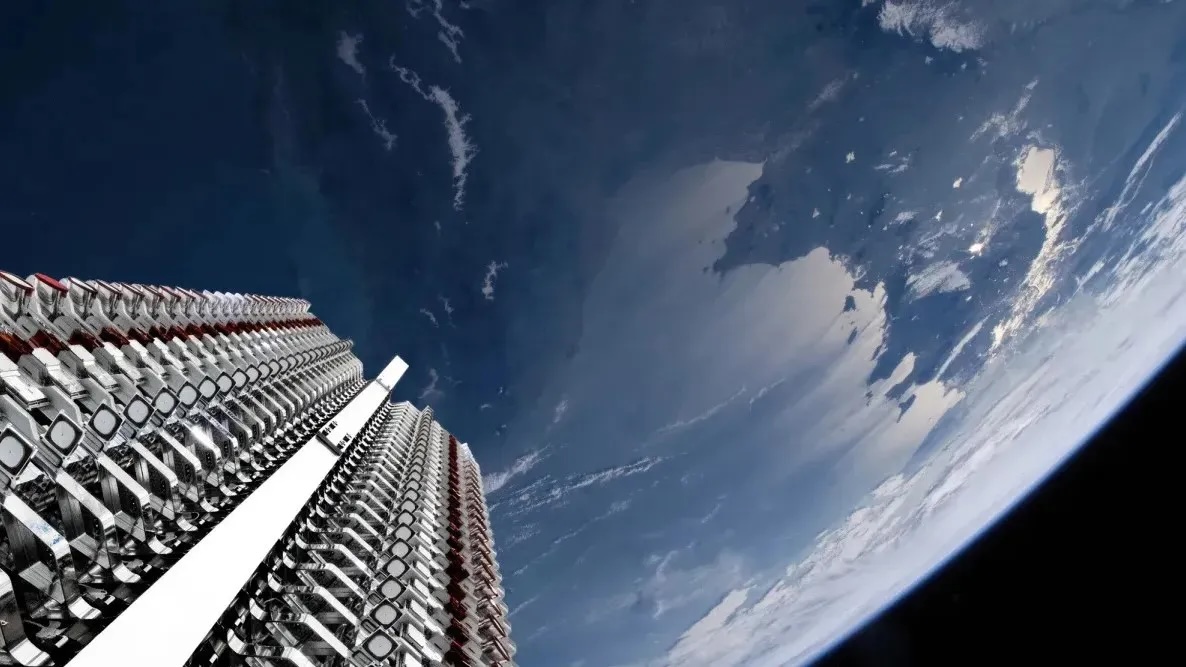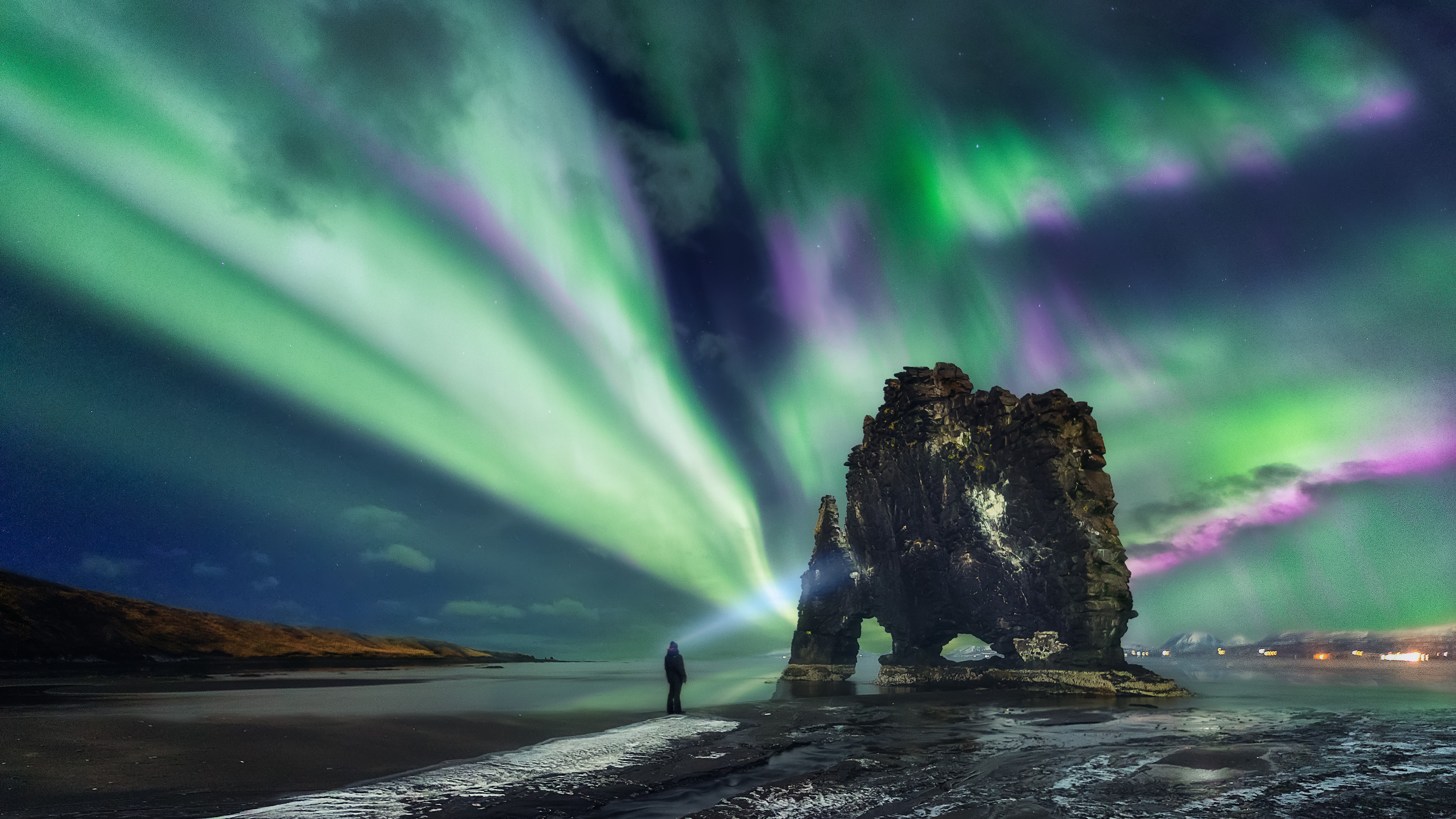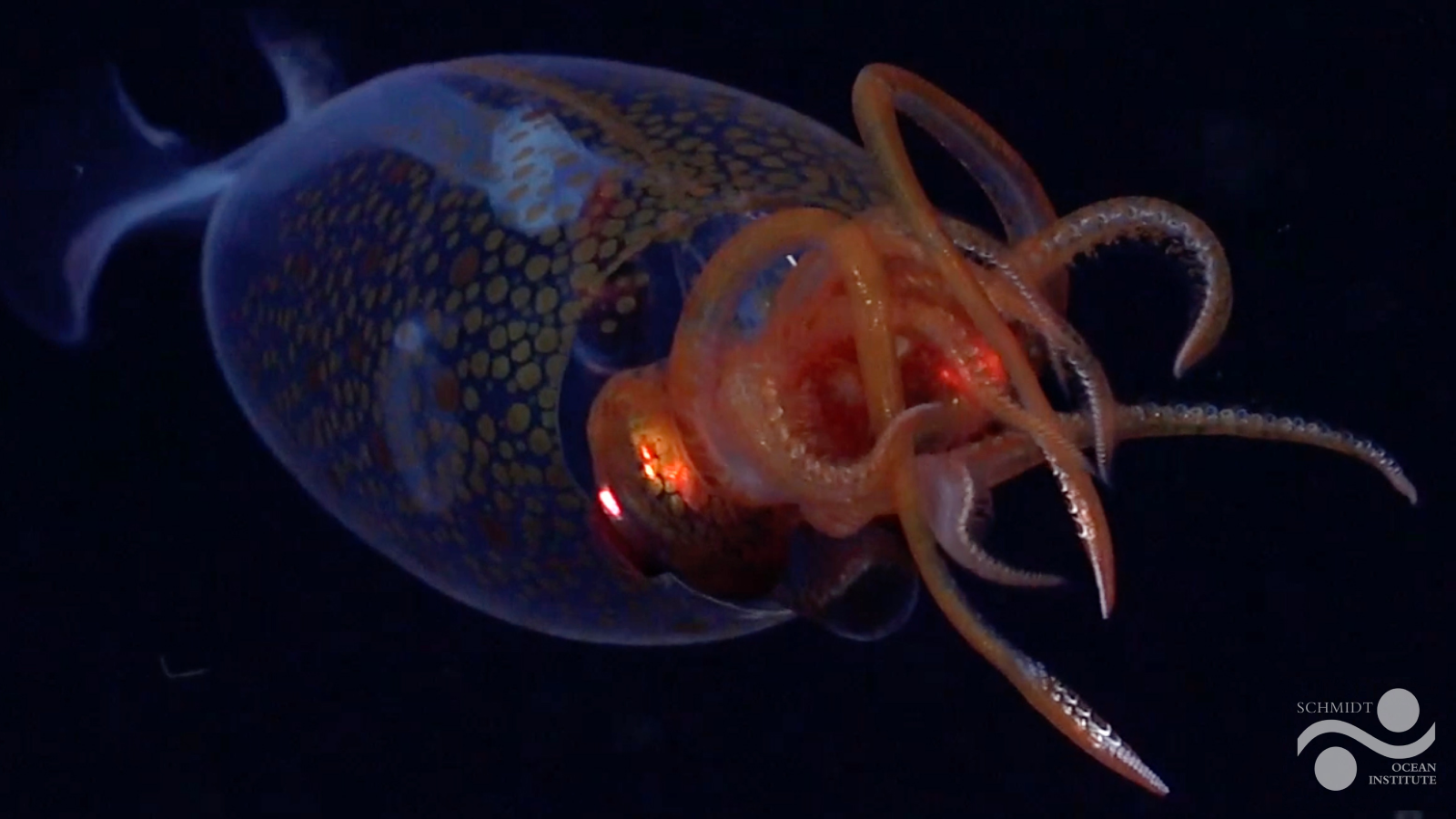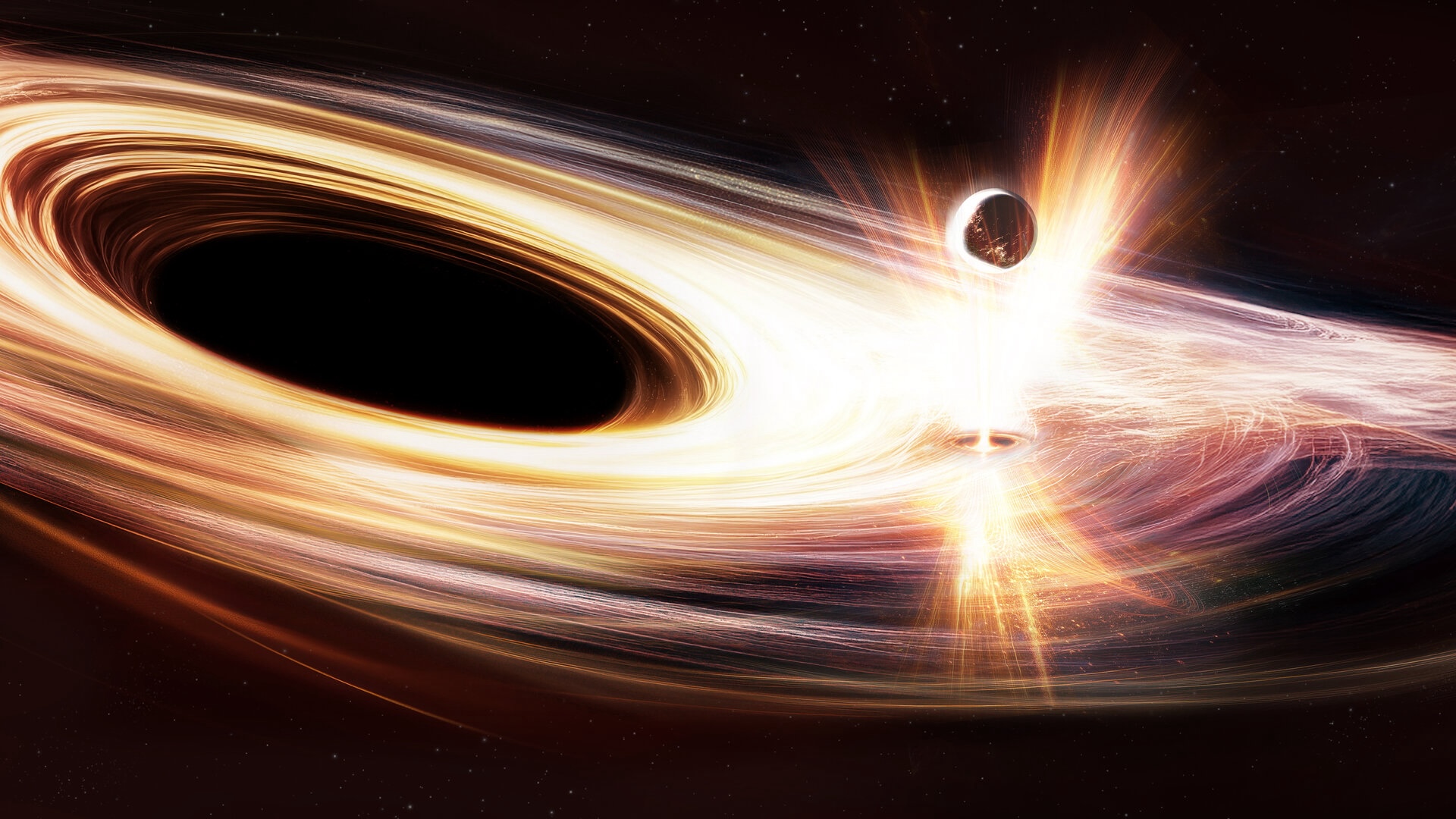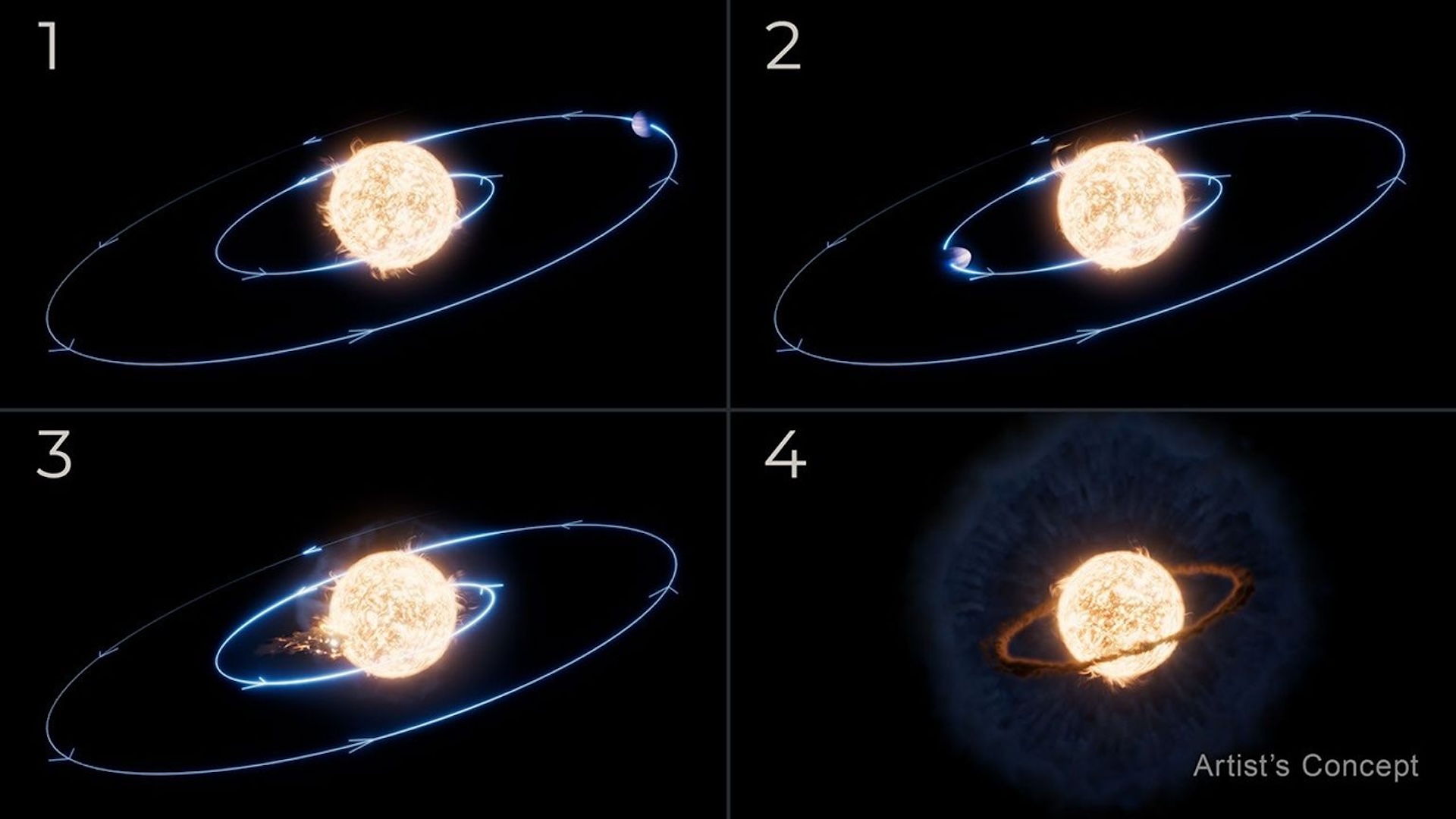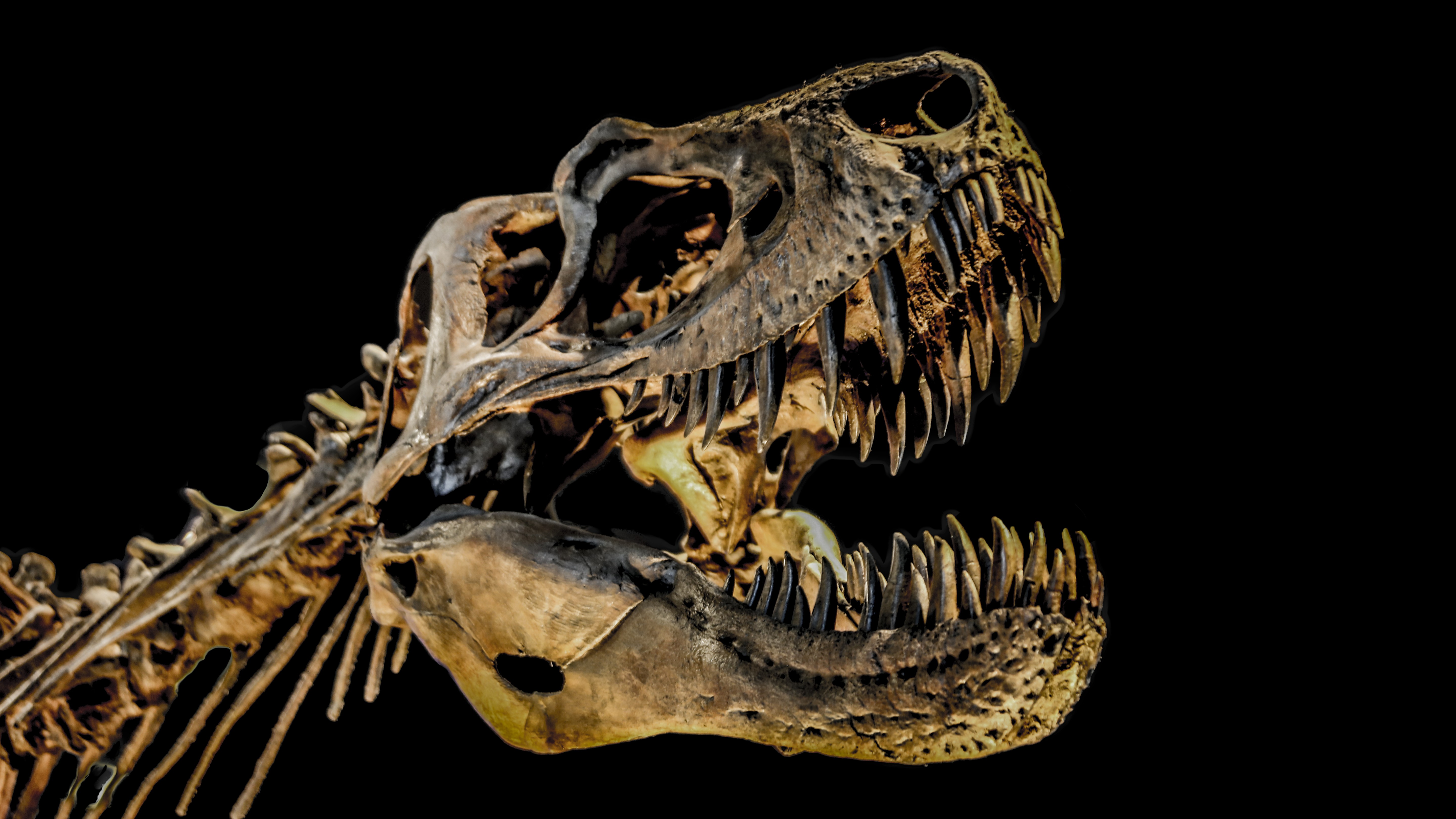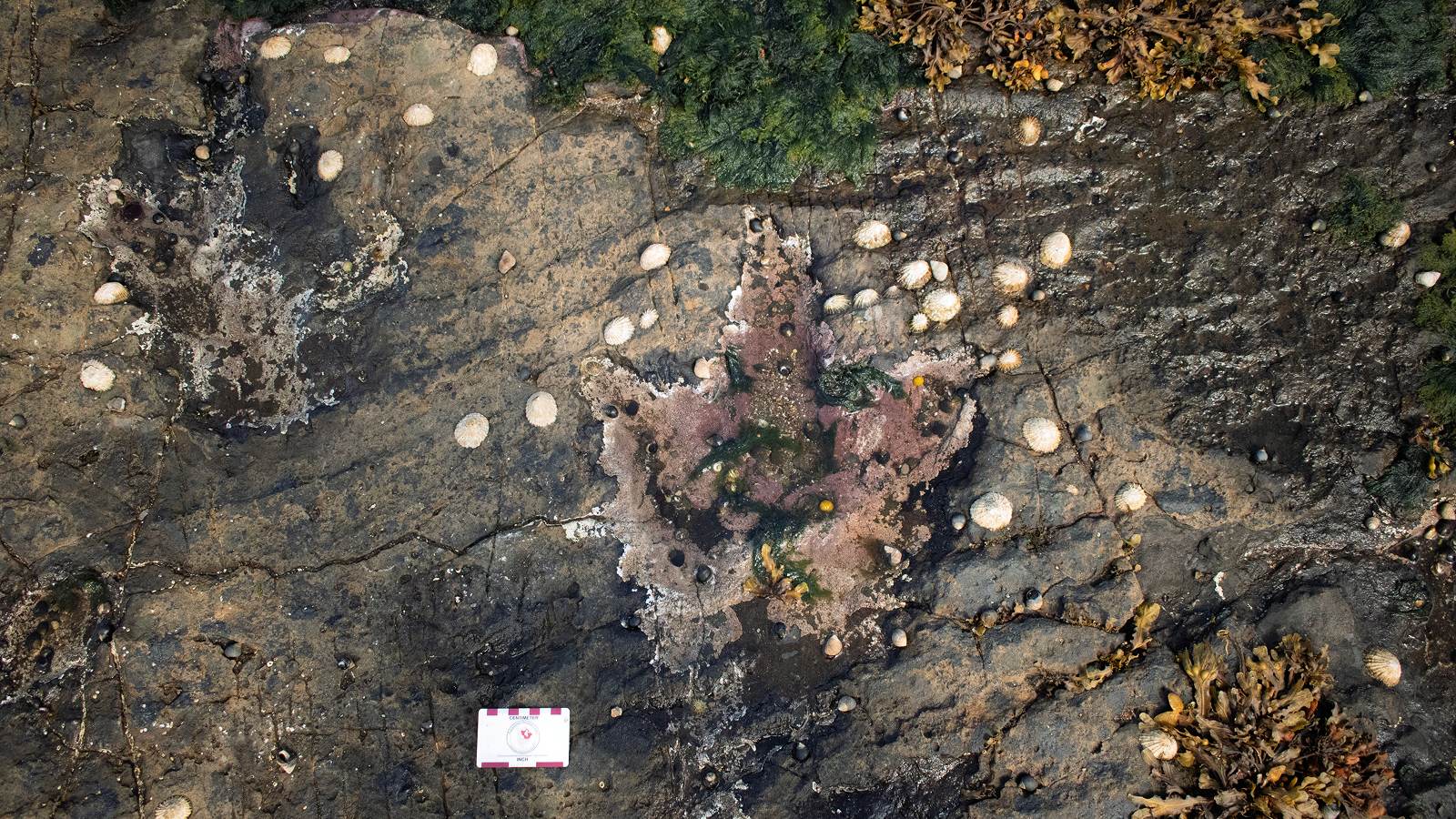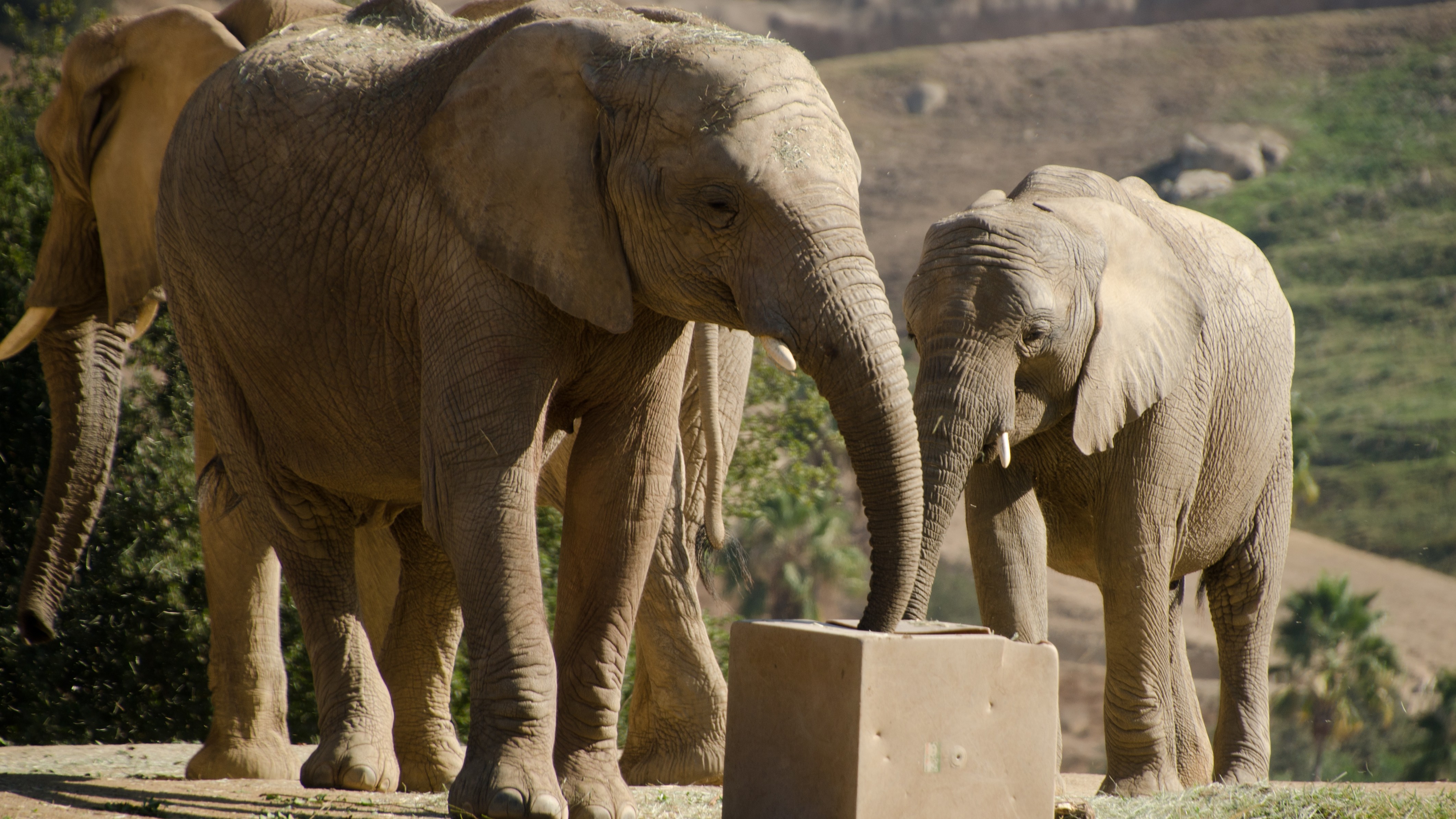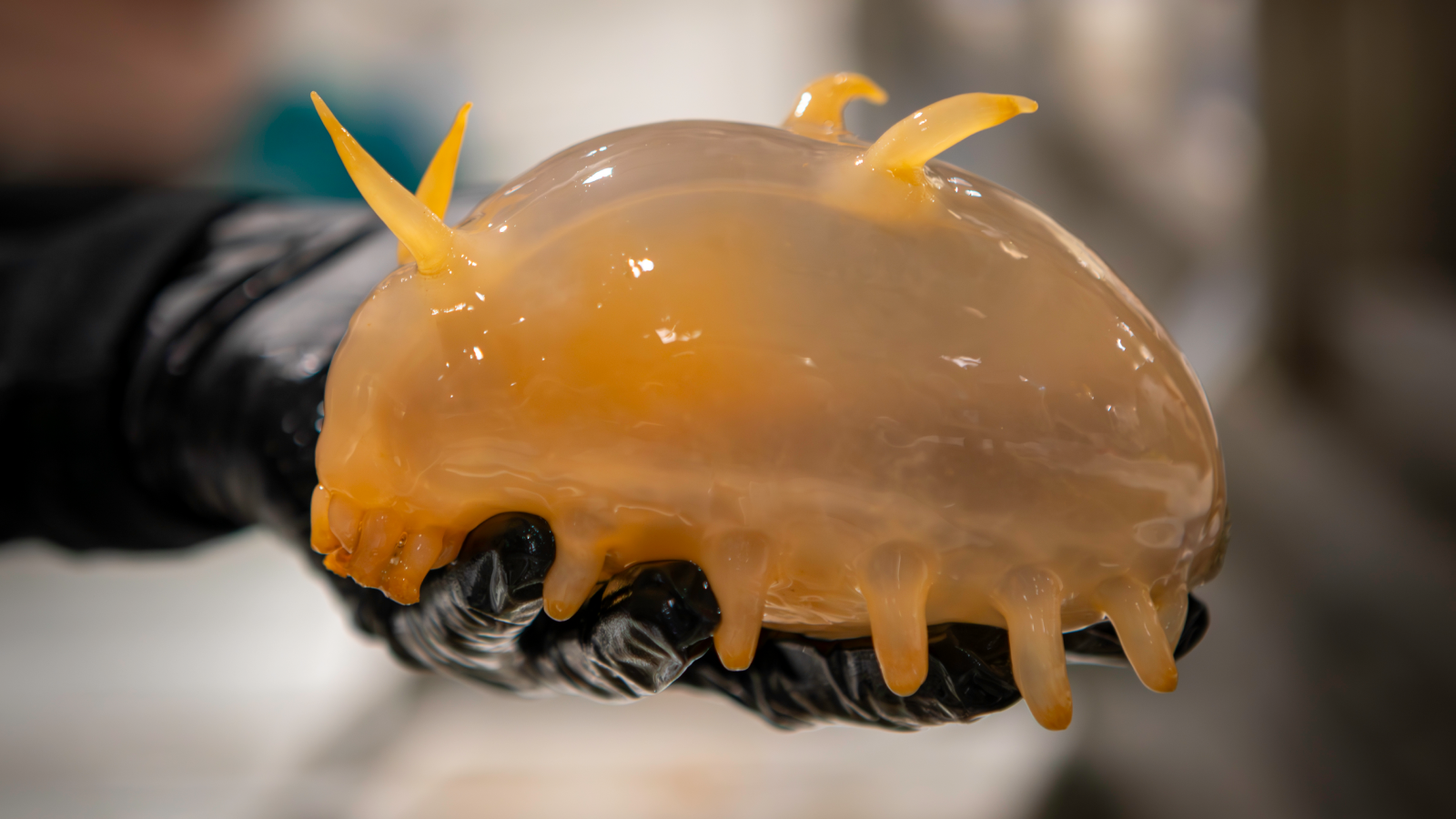YouTube's 'The Brain Scoop': A Backstage Pass to Museum Science
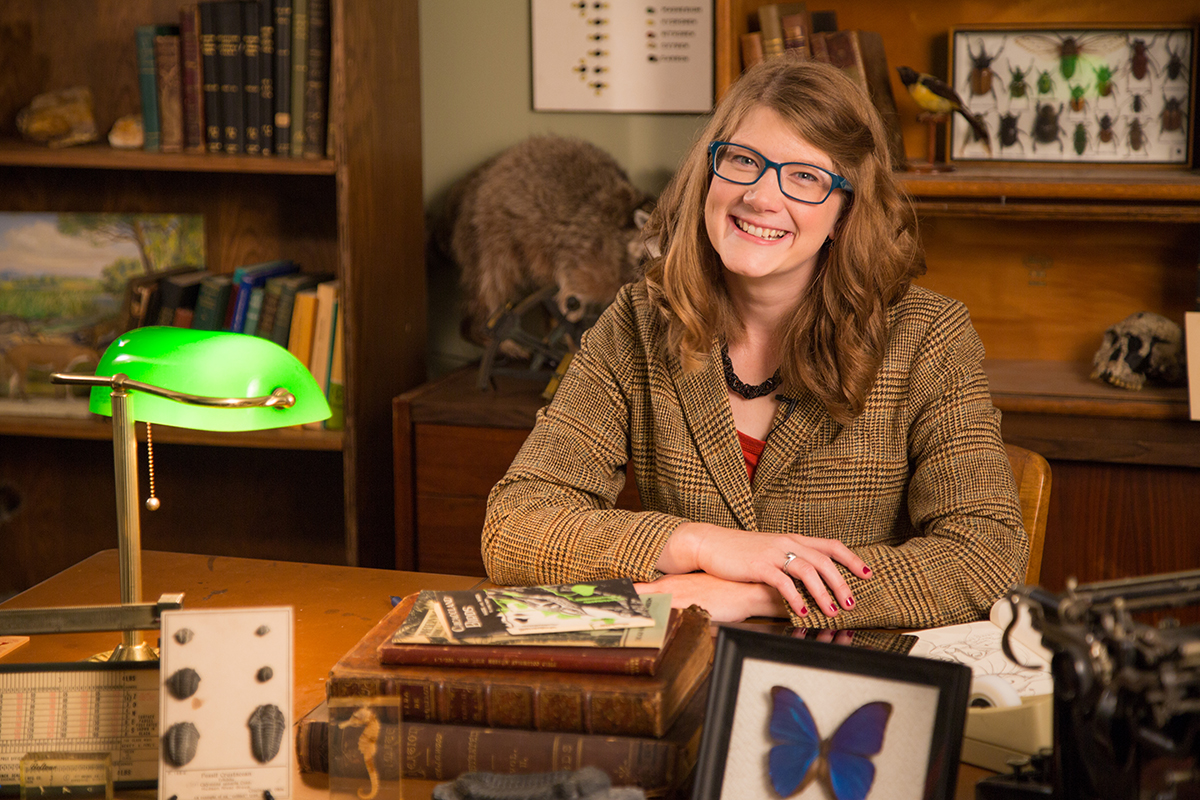
In this series of articles, Live Science turns the spotlight onto some of YouTube's most popular science channels. Their creators weave together graphics, footage, animation and sound design in videos that can be as whimsical as they are informative, employing a range of techniques and styles. Yet all of them all share a general curiosity and enthusiasm for the unexpected and fascinating science stories that exist in the world around us.
YouTube's 'The Brain Scoop': Meet the 'Chief Curiosity Correspondent' for the Field Museum
From mounts of massive T. rex skeletons, to dioramas of animals in recreated habitats, to exhibits describing our evolutionary ancestry and our modern microbial partnerships, natural history museums present glimpses of Earth's distant past and explanations of its current ecosystems and inhabitants.
These museums open windows into remote parts of the world, offering close-up views of what we see every day — and of many things that we overlook. Museum exhibits reveal the delicate balance of life and describe the connections between all creatures, living and extinct.
However, for all the wonders displayed in museums, far more remains hidden from public view.
Vast collections of fossils, objects and preserved specimens are housed in storage and studied by teams of scientists, whose work is also largely invisible to the public. But on YouTube's "The Brain Scoop," host and co-creator Emily Graslie — the "Chief Curiosity Correspondent" at the Field Museum of Natural History (FMNH) in Chicago — uses video to take viewers behind the scenes at FMNH, bringing its secret treasures and scientific research and researchers to light.
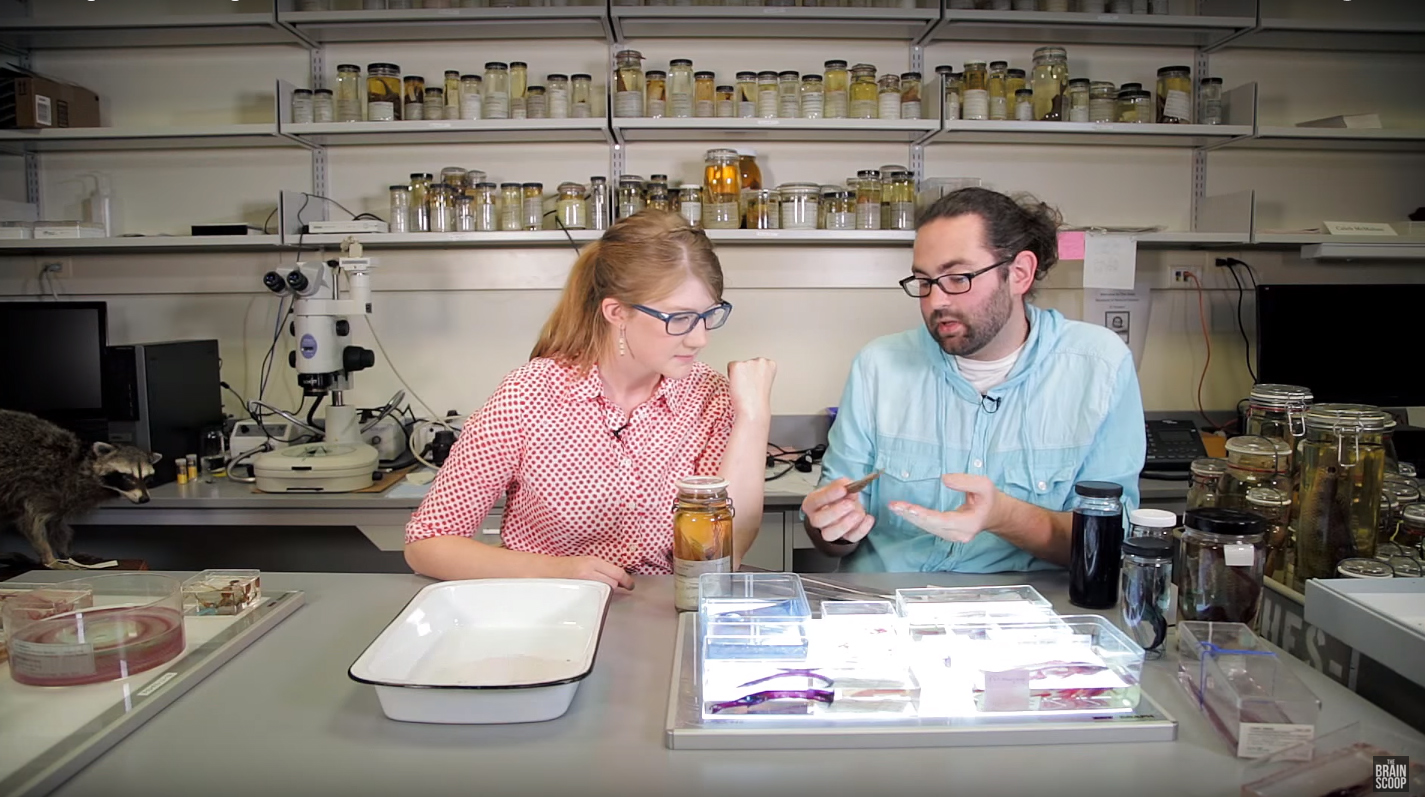
And that covers a lot of ground — both inside the museum and in the field with its experts. Episodes include a sit-down with so-called "death rocks," a tour of the FMNH insect collection, an expedition to find one of the world's rarest plants, and a look at how scientists learn about Earth's environmental history from bird vomit.
From art intern to volunteer curator
Graslie first gravitated toward natural history collections while studying for a fine arts degree at the University of Montana. She interned at the university's Phillip L. Wright Zoological Museum during her senior year, conducting an independent study in scientific illustration. After graduating in 2011, she continued working at the museum as a volunteer.
Sign up for the Live Science daily newsletter now
Get the world’s most fascinating discoveries delivered straight to your inbox.
"I started learning more about processes and specimens — cataloguing them, doing specimen prep in the lab," Graslie told Live Science. "The art internship started to blossom into a volunteer curatorial position."
Graslie also began blogging on Tumblr about her work at the museum. Collaborations with YouTube creator Hank Green led to the launch of "The Brain Scoop" in January 2013.
"The university wasn't involved — I was making the videos on my own time, for my own enjoyment and for the pleasure of sharing this stuff with other people," Graslie said. "So there wasn't a lot of direction. We didn't know what we wanted to be, but we had the freedom to experiment. That was hugely important for the growth of the channel, it allowed us to do a lot of creative things."
"The Brain Scoop" meets the Field Museum
When Graslie visited Chicago a few months after "The Brain Scoop" debuted, she was offered the opportunity for a new collaboration — bringing the show to the FMNH, beginning in July 2013.
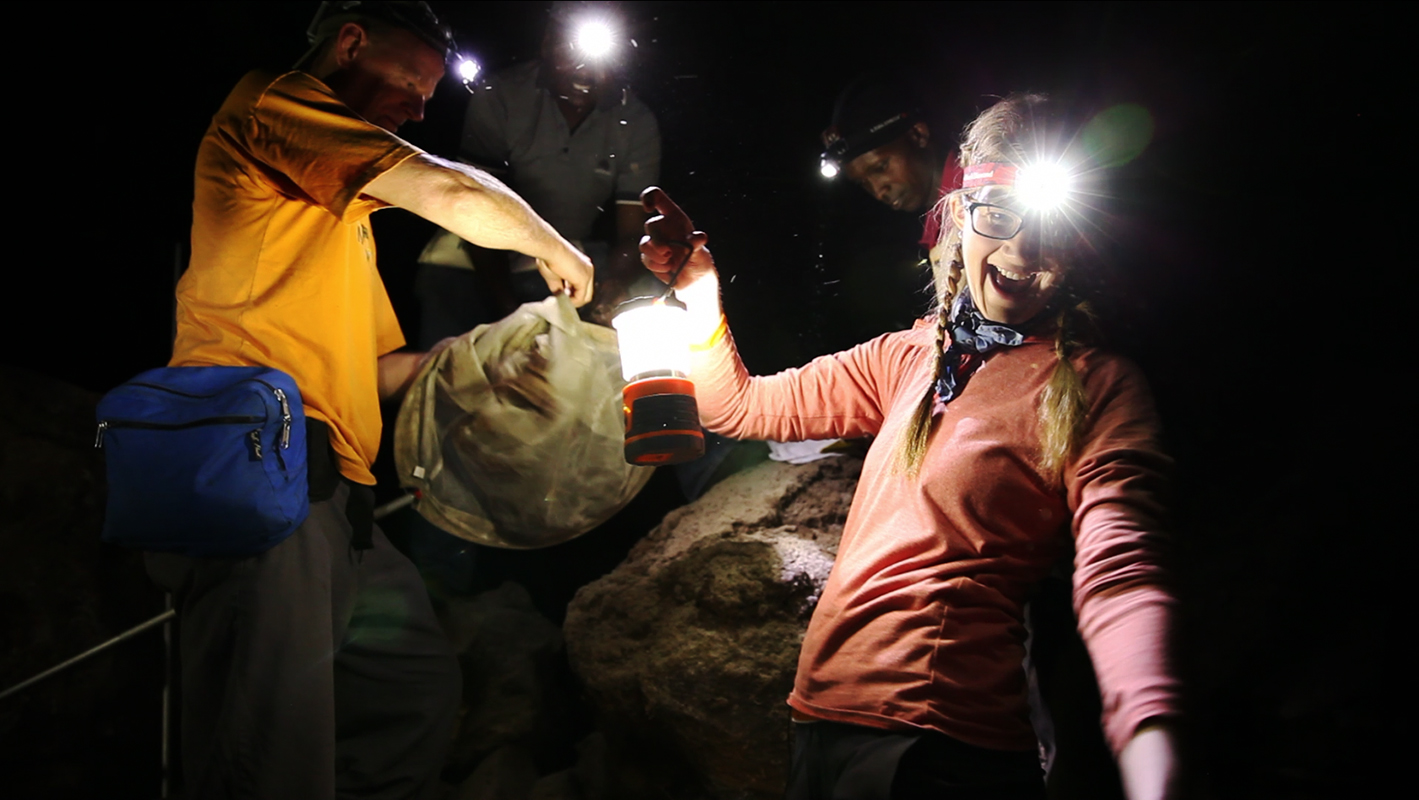
"All of a sudden, we had access to the best resources — which were the collections and the experts who worked in the collections," Graslie explained.
"That was something we didn't have in Montana — we had freedom and a lot of creativity and a lot of dead animals, but no context for how those specimens were being used. Coming to the Field Museum lent a lot of credibility to the show."
Graslie works closely with FMNH scientists to identify science topics and define story arcs, and researchers quickly discovered that "The Brain Scoop" could bring their work to hundreds of thousands of YouTube viewers. Some episodes are deep dives into one story, such as the identification of a bizarre fossil known as the "Tully Monster," while the series "Natural News" offers shorter weekly updates on the museum's ongoing scientific studies.
For Graslie, making "The Brain Scoop" also means learning something new and surprising with every episode, she told Live Science. One video in particular, about how scientists describe species, provided her with an unexpected wake-up call about the term "species" itself, which she discovered to be far less clearly defined than she had thought.
"Charles Darwin titled his book 'On the Origin of Species,' and within that book he didn't explicitly define what a species is! The more I started looking into this, the more I saw that there isn't one completely agreed-upon definition for a species," Graslie said.
"Entomologists will look at different criteria to name a species of beetle or fly than paleontologists will look at when trying to describe a new species of dinosaur. There are around 26 different accepted species concepts in taxonomy — it's one of the most contentious topics in the field of biology."
Investigating how researchers define and organize species also inspired Graslie to explore the question using a more whimsical approach — by asking a group of FMNH scientists to apply taxonomic interpretations to candy.
"I got 12 different kinds of candy and four scientists who work on different kinds of organisms, and had them organize the candy based on what they believed to be a logical species concept or criteria," Graslie explained. "I didn't tell them ahead of time what we'd be doing, but they all went along with it and had a lot of fun."
One scientist — Margaret Thayer, a curator emeritus of insects — even performed an impromptu dissection, whipping out a pocketknife and cutting into a candy sample, which she then tasted to confirm the composition of its "guts."
"I don't usually do use this test for specimens," Thayer told Graslie.
And with the breadth of the FMNH collection and researchers still to explore, Graslie doesn't expect to run out of inspiration — or video subjects — anytime soon.
"As a content creator, if you're in a museum and you find yourself getting bored, I don't know what to tell you," she told Live Science. "The rabbit hole gets deeper, the longer you look into it."
Got a favorite science channel on YouTube that you think we should feature? Tell us about it in the comments or on Twitter and Facebook!
Original article on Live Science.

Mindy Weisberger is an editor at Scholastic and a former Live Science channel editor and senior writer. She has reported on general science, covering climate change, paleontology, biology and space. Mindy studied film at Columbia University; prior to Live Science she produced, wrote and directed media for the American Museum of Natural History in New York City. Her videos about dinosaurs, astrophysics, biodiversity and evolution appear in museums and science centers worldwide, earning awards such as the CINE Golden Eagle and the Communicator Award of Excellence. Her writing has also appeared in Scientific American, The Washington Post and How It Works Magazine. Her book "Rise of the Zombie Bugs: The Surprising Science of Parasitic Mind Control" will be published in spring 2025 by Johns Hopkins University Press.



